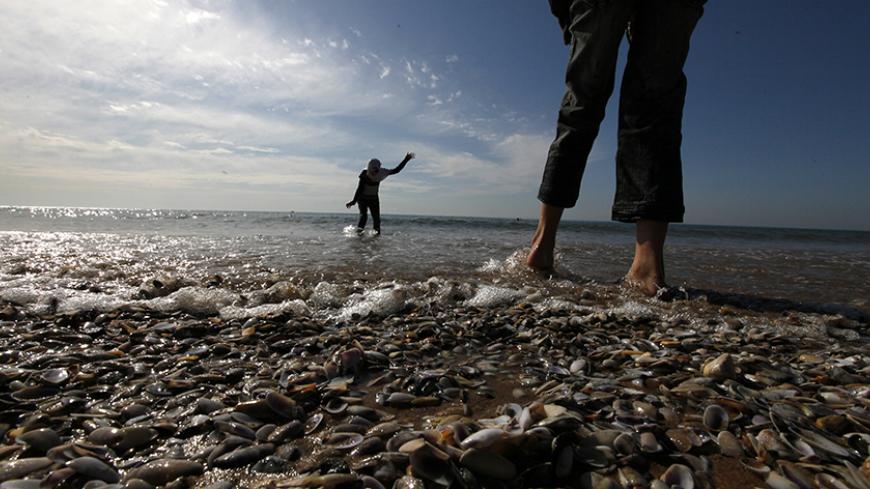BEIRUT — "Strangers are coming and taking our land. This time it’s not a country, though, it’s businessmen,” said Ahmad, 60, a fisherman, sitting in his boat on the shore overlooking Dalieh’s traditional port. Although in Beirut, the area is quiet, with buildings in the distance. “In other countries, I would not have to work at this age. The government is forcing us to steal,” Ahmed said, referring to the lack of income-generating opportunities. “And for those of us that don't have it in us to steal, we have to commit suicide."
Only two natural sites on Beirut’s coastline remain accessible to the public — the Dalieh of Raouche and Ramlat al-Bayda. Dalieh is a headland of some 120,000 square meters, the last of its kind. Its untamed environment shelters marine terraces, caves that are home to bats and birds, archeological remains and 6% of Lebanon’s flora.



